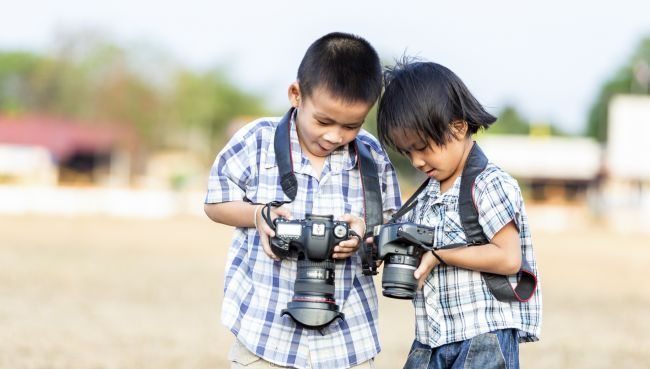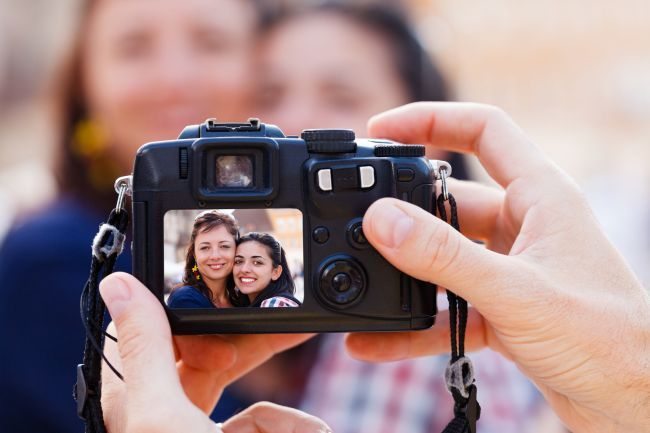Photography for Beginners
Shutter speed, aperture size and depth of field settings are all must-know features for the beginner photographer. They determine how much light enters the camera, for how long, and which areas are in focus. You’ll learn how to change all three features to take the best shots in different conditions.
If you’re just starting your photography pursuits, whether you want to take great shots for an album or take a nice landscape for a canvas print, you need to know the basics every amateur should know. Here we give you the least you should know about photography for beginners.
Shutter Speed

Using the shutter speed dictates how much light your camera’s digital sensor is exposed to and for how long. Basically, the longer the shutter stays open, the more light is allowed in. To get a properly exposed photo, you must have just the right amount of light or else your photo will be over- or underexposed.
It’s easy to change the shutter speed when your camera is in manual mode – just turn the command dial and watch the numbers change on the LCD status screen. Shutter speed is measured in fractions of seconds, so a shutter speed of 5000 means that the shutter will be open for just 1/5000 of a second. Shutter speed is considered ‘long’ or ‘slow’ when it is slower than 1/60 of a second. Use the guide below to know what speed to set for what situation:
| When shooting… | Shutter speed (in seconds)… |
| Sporting events | 1/5000 to 1/2000 |
| Kids playing | 1/250 to 1/1000 |
| Motion blur | 1/30 and lower |
| Fireworks | 1 to 5 |
| Night shots | 2 and higher |
| Waterfalls | 5 to 8 |
Aperture Size
Your lens’ aperture size plays a big role in capturing the image you want. The aperture is a partition within the lens which allows the user to control the amount of light passing through it. The larger the aperture, the more light is able to reach the image sensor. Because both the aperture and shutter speed settings affect how much light can enter the camera, increasing one while decreasing the other can actually result in the same amount of light being able to reach the sensor.
The numerical aperture setting dictates how much the partition opens after the shutter-release button is pressed. The aperture directly controls the amount of depth of field you’ll have in your photo. Lens aperture settings are measured in local lengths, or f-stops. Reduced f-stop points to a larger lens opening, while a larger f-stop indicates a smaller opening.
Depth of Field

Depth of field refers to the relative sharpness of subjects at different distances from the camera, and is directly related to the aperture setting you choose for your shot. It is the portion of the image before and beyond your focus point that is still in focus. Normally, you focus on one subject and make it as sharp as possible. With smaller f-stop settings, subjects at a distance – either in front of or behind the main subject – will be out of focus.
When shooting a large subject area, such as a landscape, you want a large depth of field using an f-stop setting such as f/32, so the entire image appears in focus. Conversely, with an individual portrait, you want a smaller depth of field to create a clean separation between the subject and the background, so you might use an f-stop such as f/5.6.
Going Out and Shooting

All of this may seem a bit to take in for the beginner, but just take these tips out into the field and practice shooting in different settings. You’ll soon become more comfortable with your camera and become a confident and creative photographer, ready to turn your work into lovely prints, and that’s where we can help.
Before you leave on your next trip out to capture something beautiful, click here for five simple checks you’ll need to make to ensure you don’t miss a moment. And once you’ve returned with some amazing shots, click here and we’ll turn them into stunning wall art.
